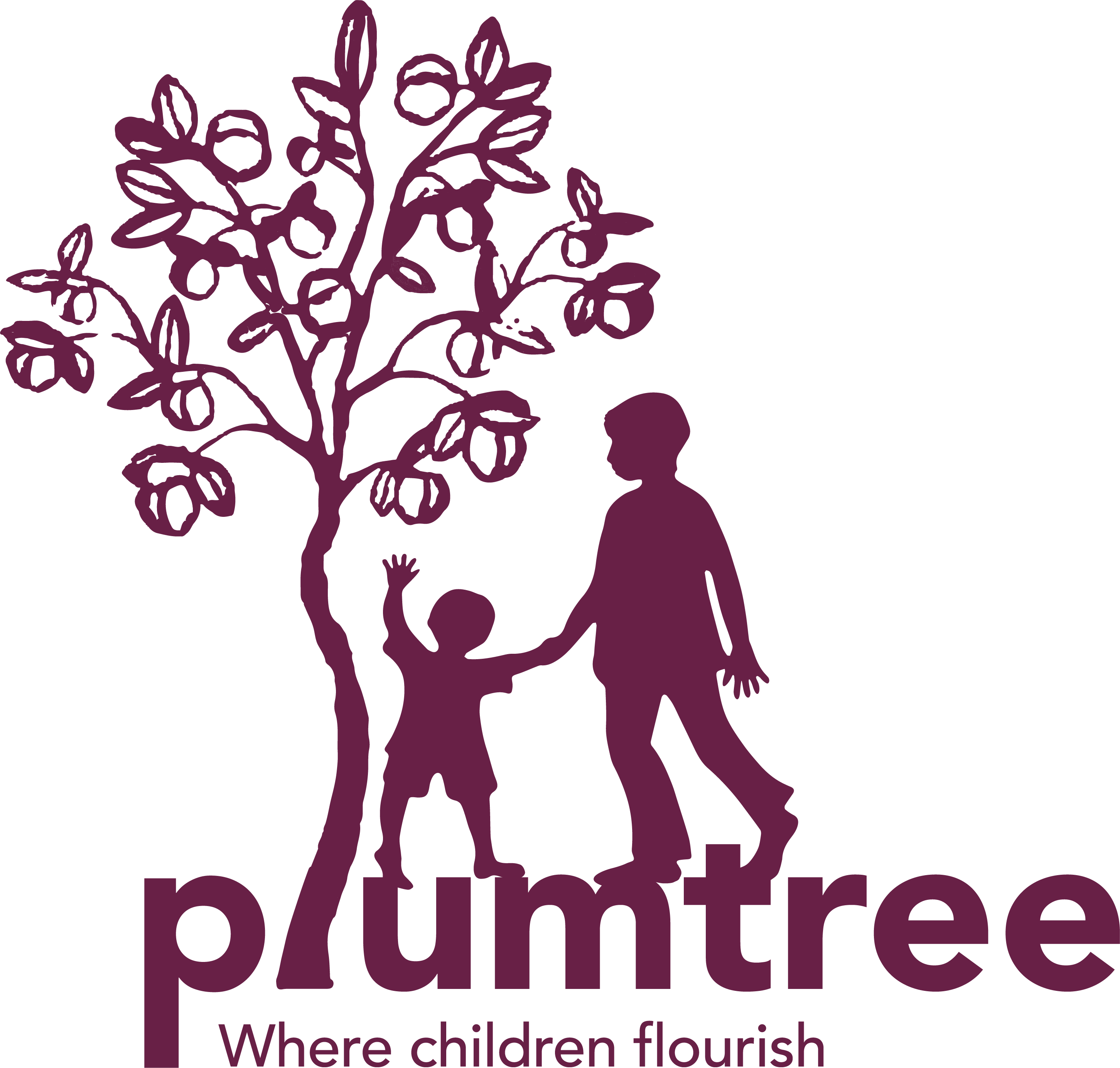Lesson 6: Designing an inclusive website for libraries
Inclusive design is one of the most impactful and effective ways to improve the website experience for users of any identity, culture or ability.
It is the practice of acknowledging the diversity of users who participate in community activities—in this case, accessing your website. If we don’t consider their needs, we risk unintentionally excluding community members and limiting the website’s reach.
An inclusive design approach makes people feel welcomed and ensures easy access.
Enhancing your website and facility’s user experience to be inclusive is a big task and does not have to be done in one go—that’s a lot of work! Here are some things for you to consider.
1. Use diverse imagery
Represent a diversity of people in the icons, illustrations and photographs you use. This includes their age, ethnicity, gender, disability, religious background and socio-economic status.
Abstracting and diversifying are strategies you can use to produce images that help users feel more included in the services and products you are offering.
Abstracting means departing from a realistic, detailed representation (such as using photographs) in favour of something more conceptual. This enables users to fit the image into their own lives and identities. You can achieve this by using illustrations, animals or even objects.
Diversifying, on the other hand, aims to represent visually the full spectrum of humanity in all imagery you use, for users to identify with.
You can use these strategies when considering diagrams, photos, or a list for the different areas in your library: quiet areas, places where noise is acceptable, have dimmer lighting, or are accessible by wheelchair users, for example.
Abstracting or diversifying can also be used for material that informs on the availability of sensory aids, hearing loops, cushions, or computers with programs suitable for people with visual impairment, and where to access them.
2. Write concise copy
Words are as powerful as images, sometimes more so. We use words to communicate with others, define and express our identity, and get information. To make copy more inclusive and easily accessible on your website, use plain language when writing information about your library’s services, events, online forms, and for general communications.
Complex words and unnecessarily long sentences make understanding difficult for people who have varying cognitive abilities, or use English as their second language.
Library staff were curious about how they could sensitively ask families if their child has a disability, and how to best support them when visiting a library. Forms designed to collect user data such as name, gender and age can be a way to help people feel included or excluded.
Most people are happy to answer questions that will improve their library experience. Questions about language preference can also help with better services. Think about whether a specific question needs to be asked, what you need the answer for, how to ask the question, and what options should be available for users to select from. Consider explaining why you are asking the question, and how the information will be used.
Ensure the language reflects integrity, dignity and respect for the individual. Put the person first, for example, “children with a disability or developmental delay” or “Ahmed, who uses a wheelchair”.
Use examples in your communications and images that reflect a broad range of identities and perspectives. Avoid stereotyping and labelling people. If you need to use a label, remember to ask how they prefer to be identified.
Books in an inclusive collection will reflect the interests and requirements of users and contribute to a sense of belonging. There is a lesson in Module 6 specifically on this topic.
3. Follow accessibility guidelines
An excellent starting principle is “Everyone (and any one) can use this website.”
Accessibility refers to the design of products, devices, services, or environments that are usable by people with disabilities. In fact, any user can experience accessibility issues when interacting with digital products, including websites.
There are standards and guidelines you can follow to ensure that you’re not excluding users based on their ability. For designing inclusive websites, there is the Web Content Accessibility Guidelines (WCAG)
Consider the following, although this is by no means a comprehensive list:
- Provide text alternatives for non-text content
- Build all elements for accessibility
- Use helpful and clear page titles with headings that describe the topic or purpose
- Ensure users with nine years of schooling or less can read your content
- Add captions to live videos
- Include audio elements as an option
- Ensure the contrast between text, background and visual elements is adequate and as recommended by the guidelines
- Consider text that can be resized to 200% without loss of content or function
- Ensure that website content and functionality is accessible by keyboard with no specific timings; and user controls are provided to pause, stop and hide moving and auto-updating content
- Position menus and standard controls consistently
- Ensure functionality that uses dragging movements can be achieved with a single pointer without dragging
- Define any abbreviations or unusual words
- Provide detailed help and instructions.
Microsoft also has inclusive design resources that may be helpful.
4. Work with a diverse team
A diverse team contributing to the website’s design helps with addressing oversights and individual biases.
Collaborating with users is also important. Interview them, identify their needs, test ideas and ask for feedback once you have developed your solutions. Working with a greater diversity of users will result in a more inclusive website.

